How to Use Dog Muzzle Fix by Size and Breed: A Complete Fitting & Safety Guide
Whether it’s for grooming, vet visits, public safety, or managing behavior, a Dog Muzzle Fix can be an incredibly effective and humane tool. Contrary to popular belief, muzzles are not just for aggressive dogs—they’re for any situation where safety, control, and peace of mind are needed.
This comprehensive guide explores the purpose, safe usage, types, and benefits of dog muzzles, especially the Dog Muzzle Fix, a modern, adjustable design aimed at maximizing comfort and control.
What Is a Dog Muzzle Fix?
The Dog Muzzle Fix is an adjustable muzzle designed to comfortably restrict a dog’s ability to bite, chew, or bark excessively—without affecting breathing or panting. It is made from soft, breathable materials like nylon, mesh, or padded silicone, and is designed to:
- Prevent injury (to others or the dog)
- Aid in training and behavioral correction
- Keep the dog and people around it safe
Unlike older rigid muzzles, modern “fix” designs offer adjustable straps, padded nose bridges, and ergonomic fitting, making them suitable for longer, safer wear.
Key Indications for Using a Dog Muzzle
Dog muzzles are not punishment tools—they are preventive safety devices used in a variety of situations:
1. Aggressive Behavior or Reactivity
- Used as a management tool for dogs prone to biting, especially in high-stress environments like busy streets or parks.
2. Vet Visits and Grooming
- Even calm dogs may react defensively when nervous or in pain.
3. Post-Surgery or Medical Conditions
- Prevents the dog from licking, chewing stitches, or pulling at bandages.
4. Excessive Barking or Chewing
- Helps limit destructive behaviors when used under supervision and paired with training.
5. Legal Requirements
- Some regions require muzzles for certain breeds or in public transport settings.
Benefits of a Dog Muzzle Fix
| Benefit | Why It Matters |
| Calmer Experiences | Reduces anxiety in unfamiliar situations |
| Improved Safety | Protects handlers, strangers, and other dogs |
| Vet Recommended | Ideal for medical exams and procedures |
| Adjustable Fit | Accommodates various snout sizes and shapes |
| Comfortable Wear | Padded and breathable, ideal for longer durations |
| Behavioral Training Aid | Used to discourage biting, barking, or chewing |
How to Choose the Right Muzzle
Factors to Consider:
- Dog’s snout shape (short, long, wide)
- Primary purpose (training, safety, grooming)
- Material sensitivity (some dogs may need hypoallergenic options)
- Duration of wear (longer periods require more breathable options)
Step-by-Step Fitting Instructions for Dog Muzzle Fix
Properly fitting the Dog Muzzle Fix is essential for your dog’s safety, comfort, and effectiveness of the muzzle. Follow these easy steps to ensure a secure and humane fit:
1: Measure Your Dog’s Snout
- Use a flexible measuring tape to measure:
- Length: From the tip of the nose to just below the eyes.
- Match your measurements with the sizing guide provided by the manufacturer.
2: Choose the Right Muzzle Type
- Select a muzzle that matches your dog’s breed, size, and needs:
- Basket, soft wrap, mesh, or adjustable nylon styles.
- For short-nosed breeds, choose a brachycephalic-compatible
3: Introduce the Muzzle Gradually
- Use treats and positive reinforcement to build comfort.
- Let them place their nose inside voluntarily before securing.
4: Position the Muzzle Correctly
- Gently slide the muzzle over your dog’s snout.
- Align the padding (if present) to avoid rubbing against eyes or mouth.
- Ensure the muzzle covers enough of the snout to prevent biting, but allows panting and drinking.
5: Secure the Straps
- Fasten the straps behind the ears or around the neck, depending on design.
- Adjust the straps for a snug but not tight fit—you should be able to slide one finger under the strap comfortably.
- Ensure any buckle or Velcro closure is securely fastened before use.
6: Observe for Proper Fit
- Your dog should:
- Be able to open their mouth slightly to pant.
- Not paw at the muzzle excessively.
- Move freely and comfortably without fear or distress.
- Check again shortly after your dog begins wearing the muzzle to ensure proper fit.
7: Remove the Muzzle After Use
- Always remove the muzzle immediately after the purpose is served (walk, grooming, vet check, etc.).
- Never leave the muzzle on your dog unsupervised for extended periods.
Extra Tips:
- Practice at home before using the muzzle in public.
- Clean the muzzle regularly to avoid bacteria buildup or skin irritation.
- Store in a cool, dry place when not in use.
Precautionary Guidelines and Potential Risks of Dog Muzzles
Using a Dog Muzzle Fix properly ensures it is both safe and humane. Below are important points every dog owner should consider:
Safety Guidelines
- Panting & Breathing: Always use a muzzle that allows your dog to pant and breathe freely—especially in warm weather.
- Proper Fit: The muzzle should be snug but not tight; check for rubbing or slipping.
- Supervised Use Only: Never leave your dog unattended while wearing a muzzle.
- Short-Term Wear: Limit use to training sessions, grooming, walks, or vet visits—not for all-day wear.
- Clean Regularly: Wash the muzzle frequently to avoid bacteria build-up and skin irritation.
Precautions
- Avoid using muzzles as punishment—always associate them with positive experiences.
- Do not use on dogs with respiratory problems or those that are actively vomiting.
- Introduce gradually with treats and praise to reduce stress or resistance.
Possible Side Effects (If Misused)
- Skin irritation or sores from prolonged or tight wear
- Overheating, especially in hot climates if panting is restricted
- Increased anxiety or fear if not properly introduced
- Difficulty drinking or eating if the muzzle is too restrictive
- Panic behavior like pawing or aggression due to discomfort
Dog Muzzle Fix Usage by Size
Here’s a concise yet complete overview on how to properly use the Dog Muzzle Fix based on your dog’s size and breed:
Small Dogs (e.g., Pomeranian, Shih Tzu)
- Muzzle Type: Lightweight, mesh, or soft wrap
- Use: For grooming, nail trims, or short vet visits
- Fit Tip: Ensure it’s snug but gentle—avoid bulky designs
- Caution: Small breeds may try to paw it off, so monitor closely
Medium Dogs (e.g., Beagle, Cocker Spaniel)
- Muzzle Type: Breathable nylon or adjustable mesh
- Use: For barking control, reactivity, or training
- Fit Tip: Allow panting space and adjust straps evenly
- Caution: Check regularly for movement or pressure points
Large Dogs (e.g., Labrador, Golden Retriever)
- Muzzle Type: Basket muzzle or reinforced nylon
- Use: Behavioral training, safety in public, vet visits
- Fit Tip: Ensure full coverage with room to pant and drink
- Caution: Use padded straps for comfort during longer wear
Extra-Large Dogs (e.g., Mastiff, Great Dane)
- Muzzle Type: Heavy-duty basket or tactical nylon
- Use: Legal compliance, aggression control, vet safety
- Fit Tip: Secure with strong buckles; check jaw coverage
- Caution: Always pre-fit indoors before using in public
Flat-Faced Breeds (e.g., Pug, Bulldog)
- Muzzle Type: Short-snout, open-face or mesh design
- Use: Vet exams or grooming—very limited time only
- Fit Tip: Must never restrict breathing or cause overheating
- Caution: Constant supervision required due to airway sensitivity
General Tips for All Sizes:
- Always allow panting and comfort
- Introduce the muzzle with treats and positive reinforcement
- Use only under supervision
- Choose a breed-appropriate, size-specific muzzle
- Never use as punishment—keep it a positive experience
Common Misconceptions
“Muzzles hurt dogs.”
False. When fitted properly, muzzles are safe, humane, and comfortable.
“My dog doesn’t need training with a muzzle.”
False. Dogs need to gradually get used to wearing one to avoid fear or resistance.
Training Your Dog to Wear a Muzzle
- Start early and slow
- Use high-value treats
- Make it a game – let them put their nose in voluntarily
- Gradually increase duration
- Practice in safe, calm environments
Pro Tip: Associate the muzzle with positive experiences like walks or play.
Veterinary and Behavioral Use
Veterinarians recommend Dog Muzzle Fix for:
- Preventing self-injury
- Wound protection
- Reducing stress reactions in dogs during treatment
- Safe grooming for dogs that resist handling
Behaviorists use muzzles as part of counter-conditioning and desensitization protocols for dogs that are reactive, anxious, or have bite histories.
Conclusion
The Dog Muzzle Fix is a powerful tool for responsible dog care, training, and safety. Whether managing reactivity, preparing for vet visits, or preventing injury, a muzzle—when used correctly—can make all the difference in your dog’s well-being and your peace of mind.Rather than viewing muzzles as a sign of a “bad dog,” they should be seen as a sign of a responsible and informed owner. With the right fit, gentle training, and clear purpose, a muzzle becomes more than a safety tool—it becomes a key part of your dog’s stress-free, healthy lifestyle. Contrary to the outdated stigma surrounding muzzles, they are not a symbol of aggression, but a sign of thoughtful pet ownership. With adjustable, breathable, and comfortable designs, the modern Dog Muzzle Fix offers a way to protect your dog while maintaining their dignity and well-being.








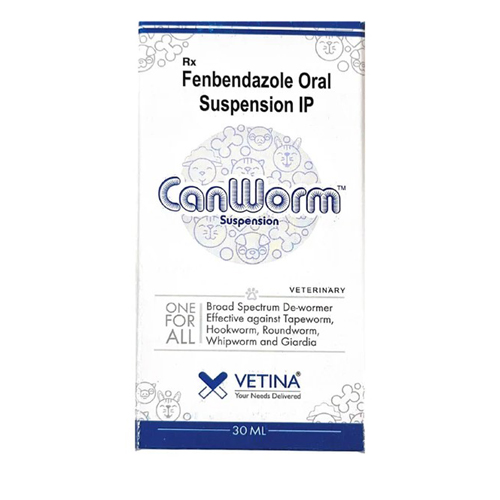



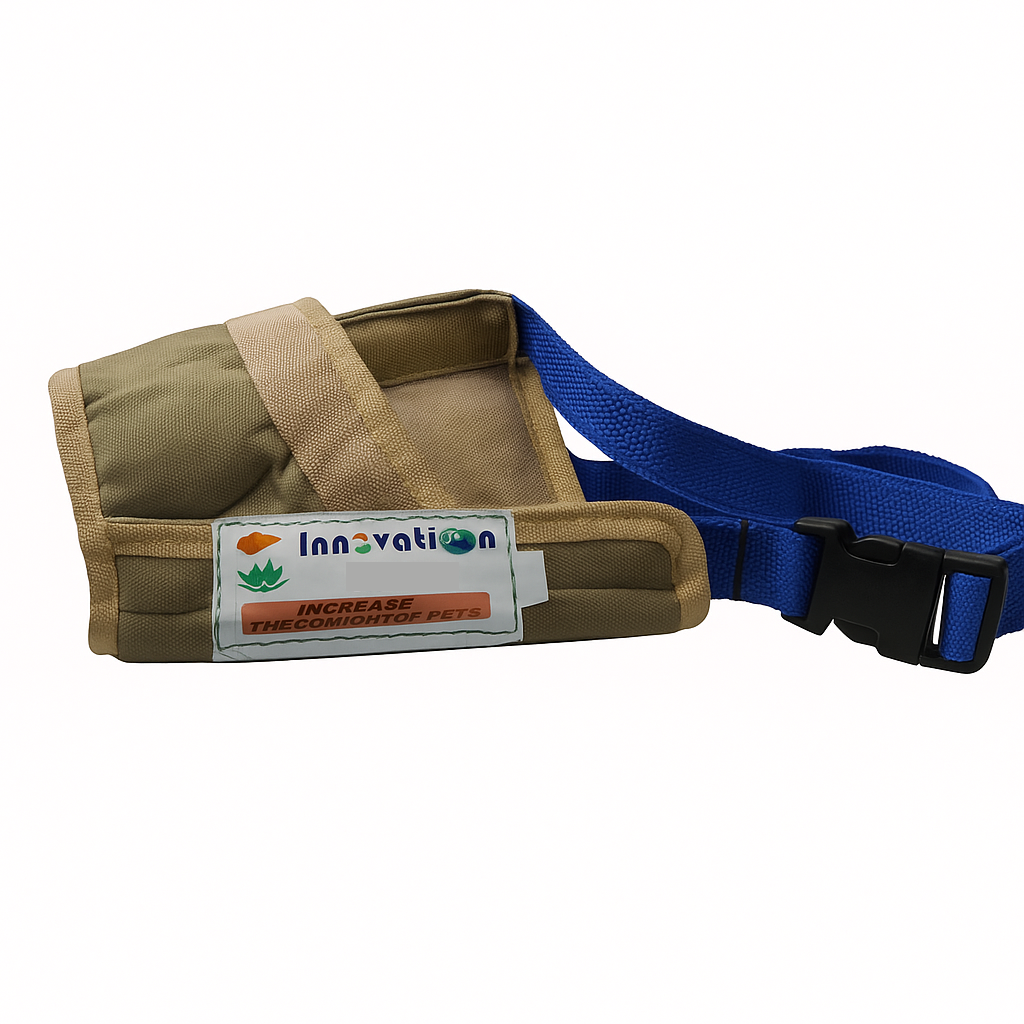
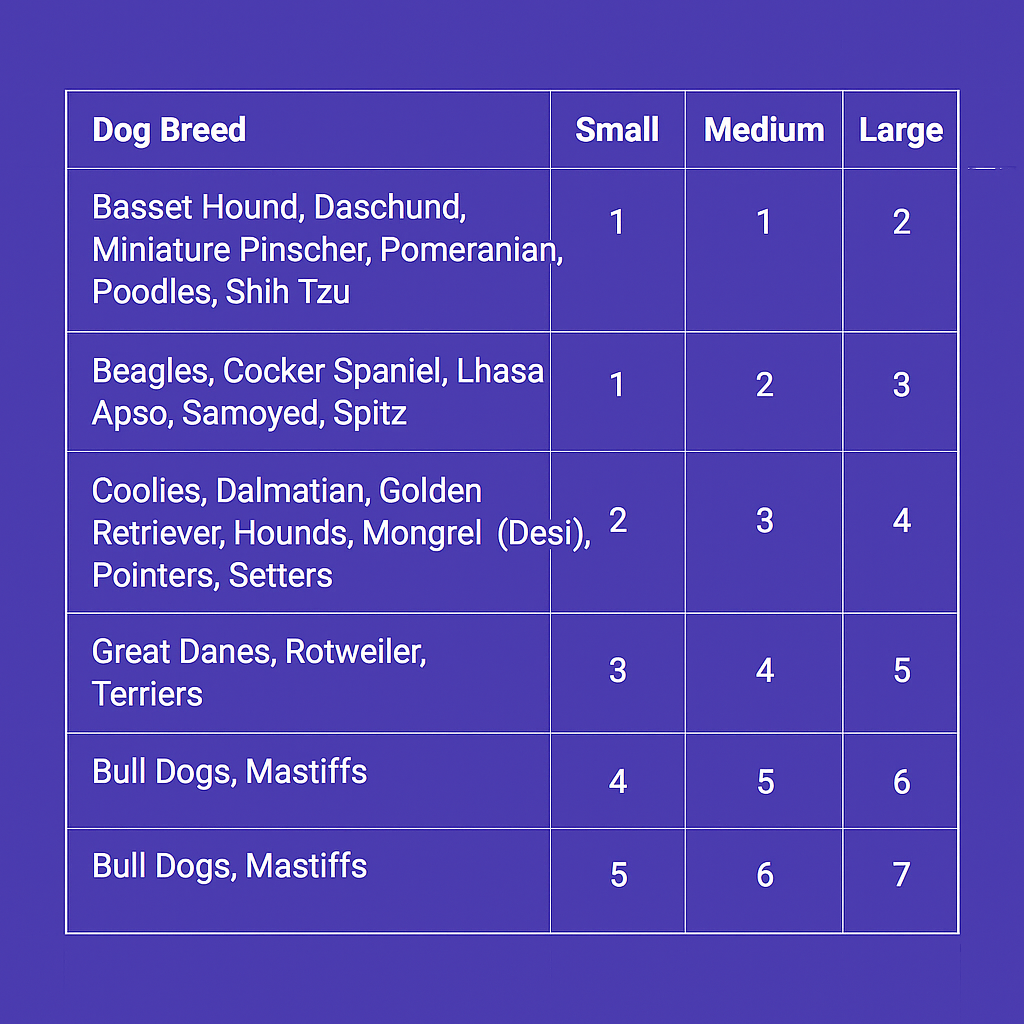
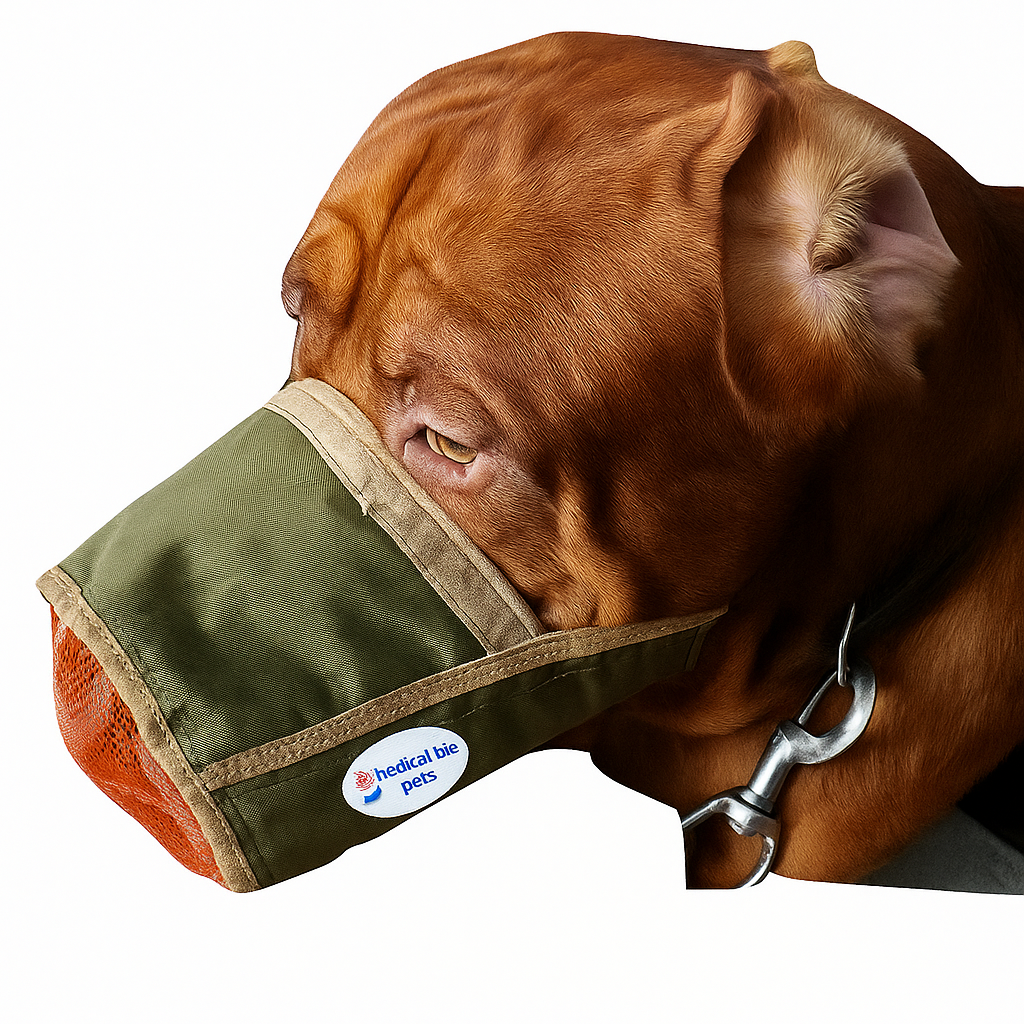
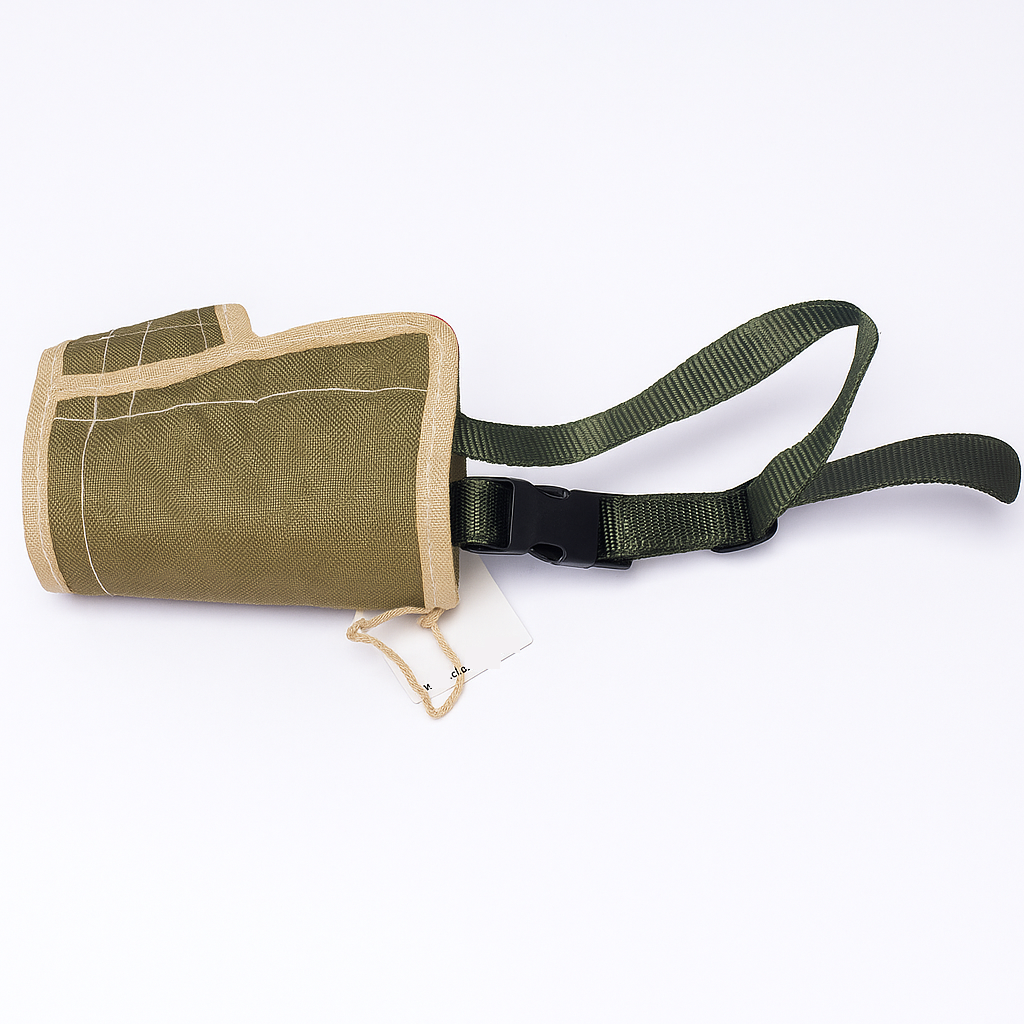
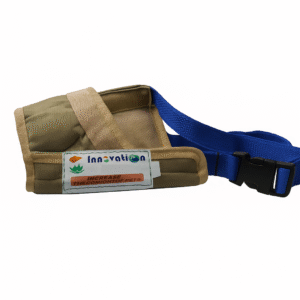
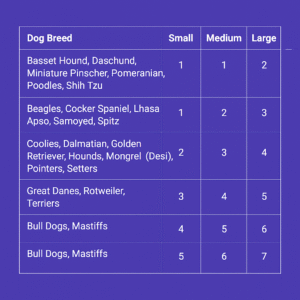
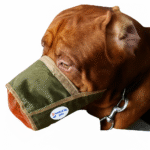
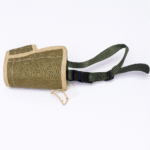
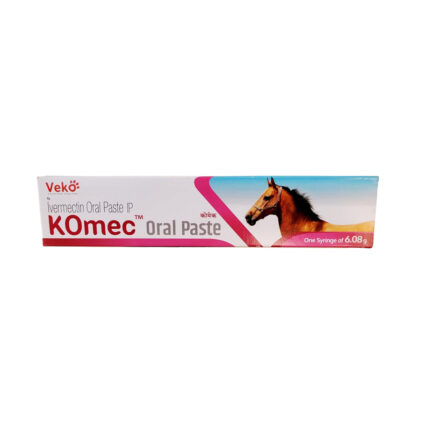

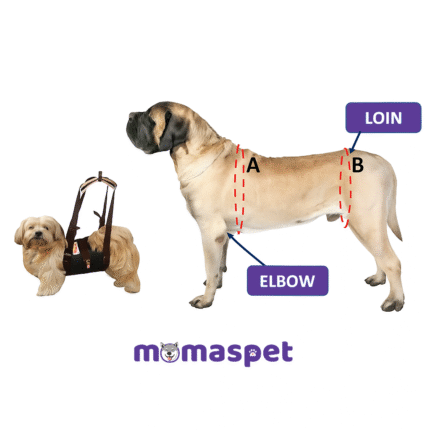
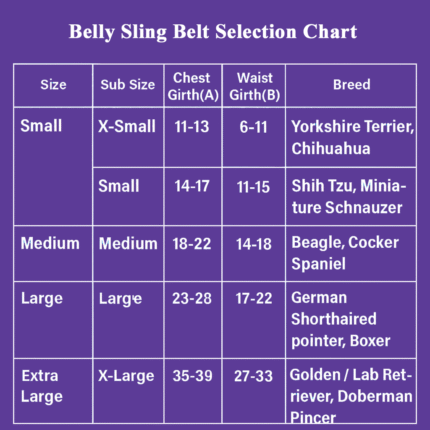
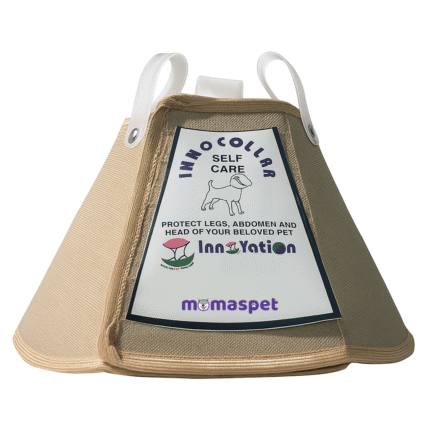
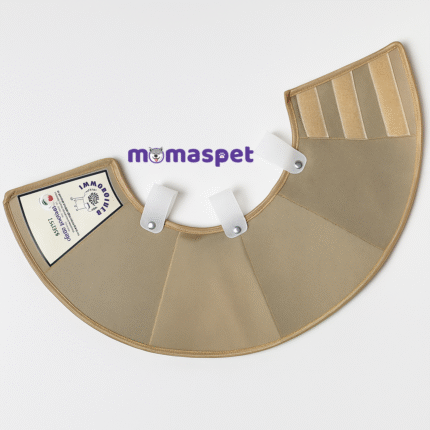
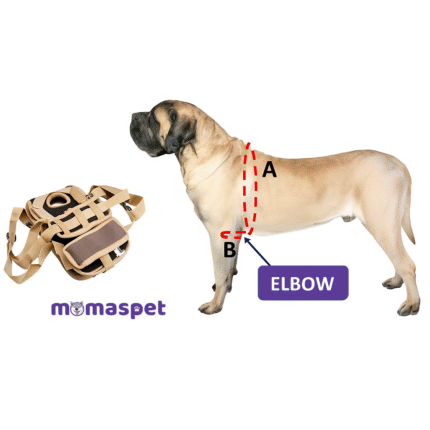
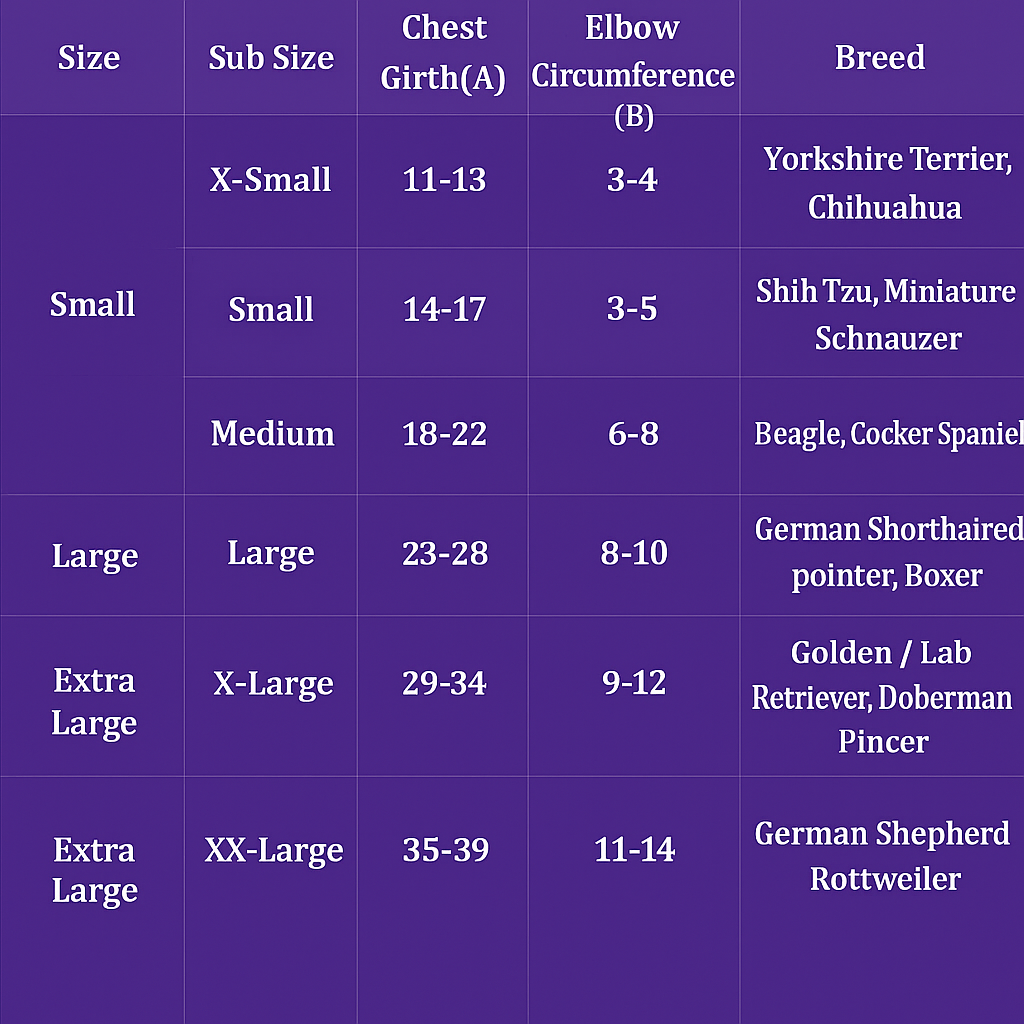
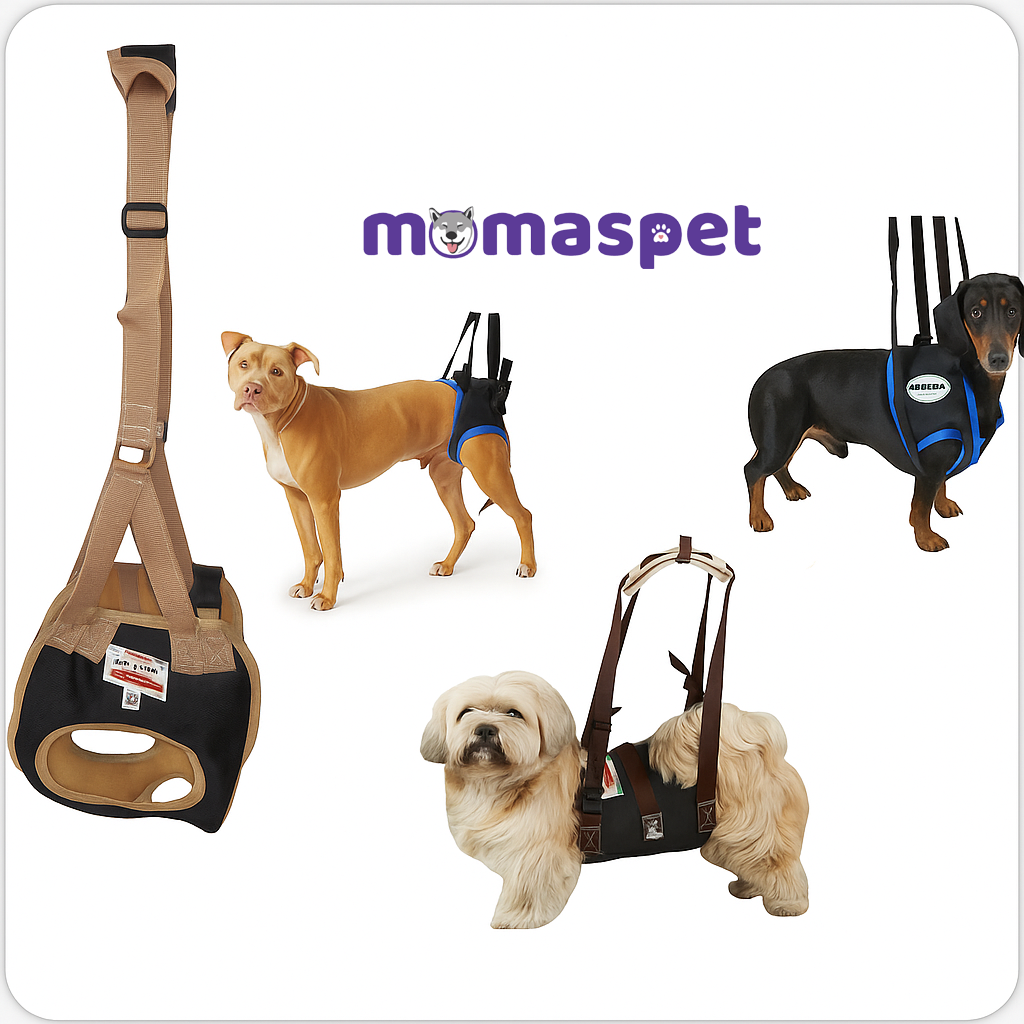
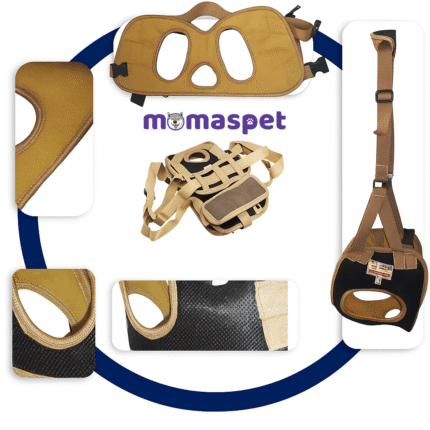
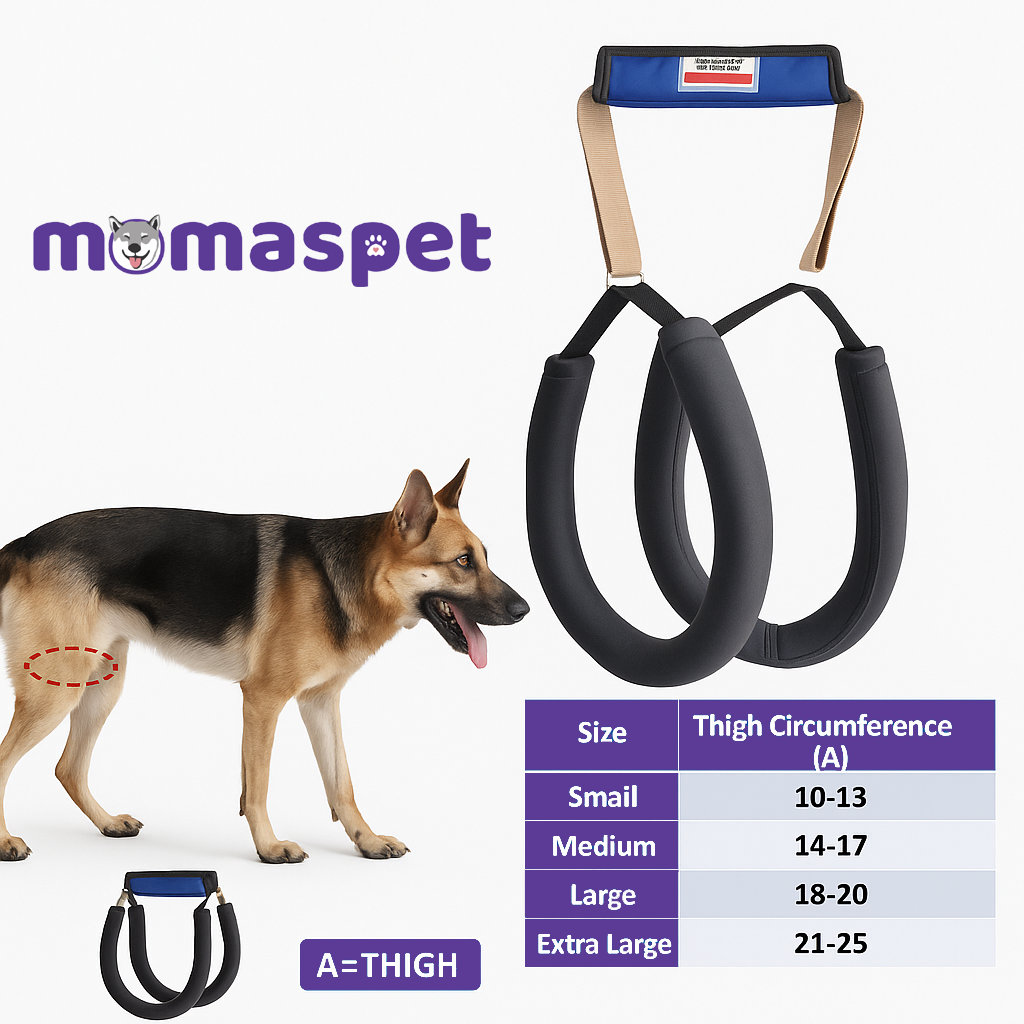
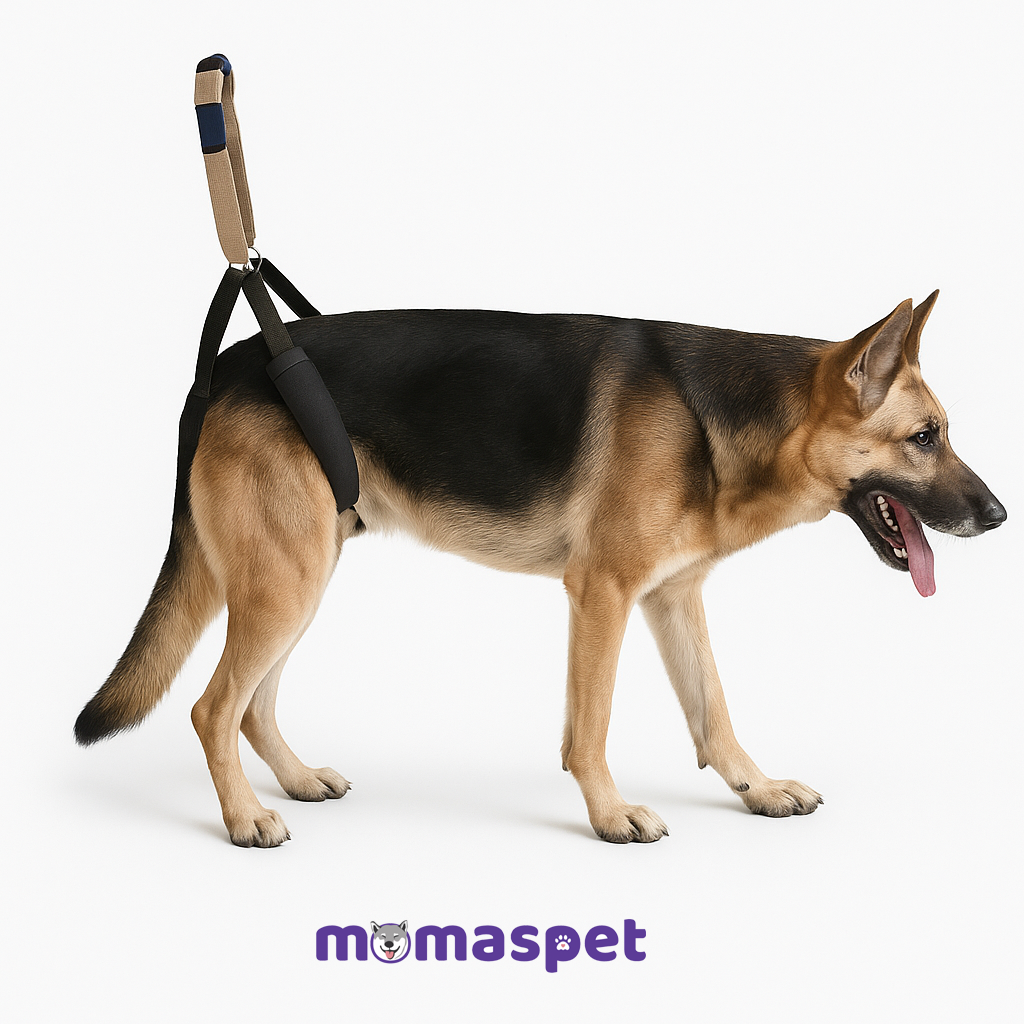
Reviews
There are no reviews yet.